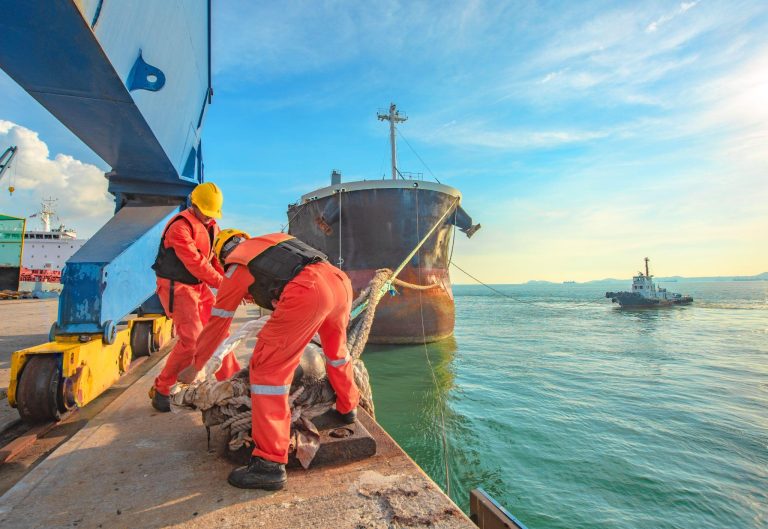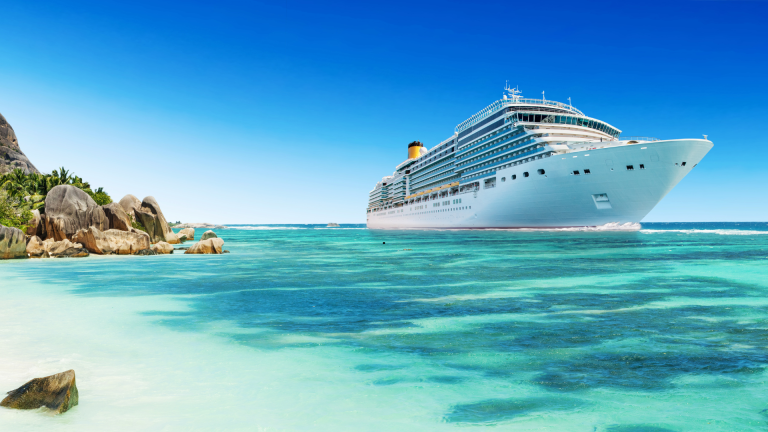Essential Workwear and Footwear for Ship Safety
Working on a ship is unlike most other workplaces. From slippery decks to unpredictable weather conditions, seafarers face unique challenges that demand the right clothing and footwear. Safety isn’t just about rules—it’s about making sure every crew member goes home healthy after each voyage.
Choosing the right workwear and footwear plays a huge role in protecting workers and giving them confidence on the job.
Why Safety Gear Matters at Sea
Ships are busy environments, with crew moving between wet decks, engine rooms, and cargo holds. Proper footwear and workwear protect workers from slips, falls, burns, and even long-term fatigue caused by standing for hours.
According to the International Labour Organization (ILO), more than 1,000 seafarers are killed in shipboard accidents each year worldwide. While not all are related to footwear or clothing, it shows just how vital safety measures are in maritime jobs.
Essential Workwear for Ship Crews
Workwear on a ship must withstand tough conditions while keeping workers comfortable. The right gear doesn’t just protect—it allows crews to do their jobs effectively. Key essentials include:
- Water-resistant clothing: Jackets and pants that shield against sea spray and heavy rain.
- High-visibility vests: Crucial for working on deck in low-light or crowded conditions.
- Fire-retardant overalls: Important in engine rooms or areas with flammable materials.
- Thermal layers: Necessary for voyages through colder climates.
- Protective gloves: Help prevent burns, cuts, and rope burns during heavy-duty tasks.
Selecting durable, high-quality materials ensures that workwear provides consistent protection during long voyages.
Footwear: The Foundation of Safety
When it comes to safety, footwear is just as important as clothing. Slippery decks, ladders, and shifting surfaces mean that crew members need sturdy, slip-resistant shoes.
One reliable option is tactical boots. Originally designed for military and law enforcement, these boots offer excellent grip, ankle support, and durability—features that translate well to life at sea. Tactical boots are also versatile, providing comfort for long hours and protection in both dry and wet conditions.
Other good footwear choices for ships include:
- Steel-toe boots: Protect against falling equipment or heavy cargo.
- Slip-resistant deck shoes: Ideal for lighter duties on wet surfaces.
- Waterproof boots: Keep feet dry in constant contact with water.
The right footwear reduces risks while improving comfort, which is especially important during long shifts.
Balancing Comfort and Safety
Safety gear doesn’t have to mean sacrificing comfort. In fact, uncomfortable gear can lead to distraction and fatigue, which increases the risk of accidents. Look for breathable fabrics in workwear and cushioned insoles in boots to ensure comfort during extended hours.
Regular maintenance also matters. Clean boots to remove salt buildup, check soles for wear, and replace damaged gear before it becomes a hazard.
Building a Culture of Safety
Even the best gear only works if crews use it consistently. Promoting a culture of safety on board means encouraging every member of the team to take protective equipment seriously. Training sessions, reminders, and clear access to proper workwear help make safety a daily habit rather than an afterthought.
Final Thoughts
Working on a ship brings unique risks, but with the right workwear and footwear, crews can stay protected and confident. From fire-retardant overalls to sturdy tactical boots, the gear you choose makes all the difference in both safety and performance at sea.







